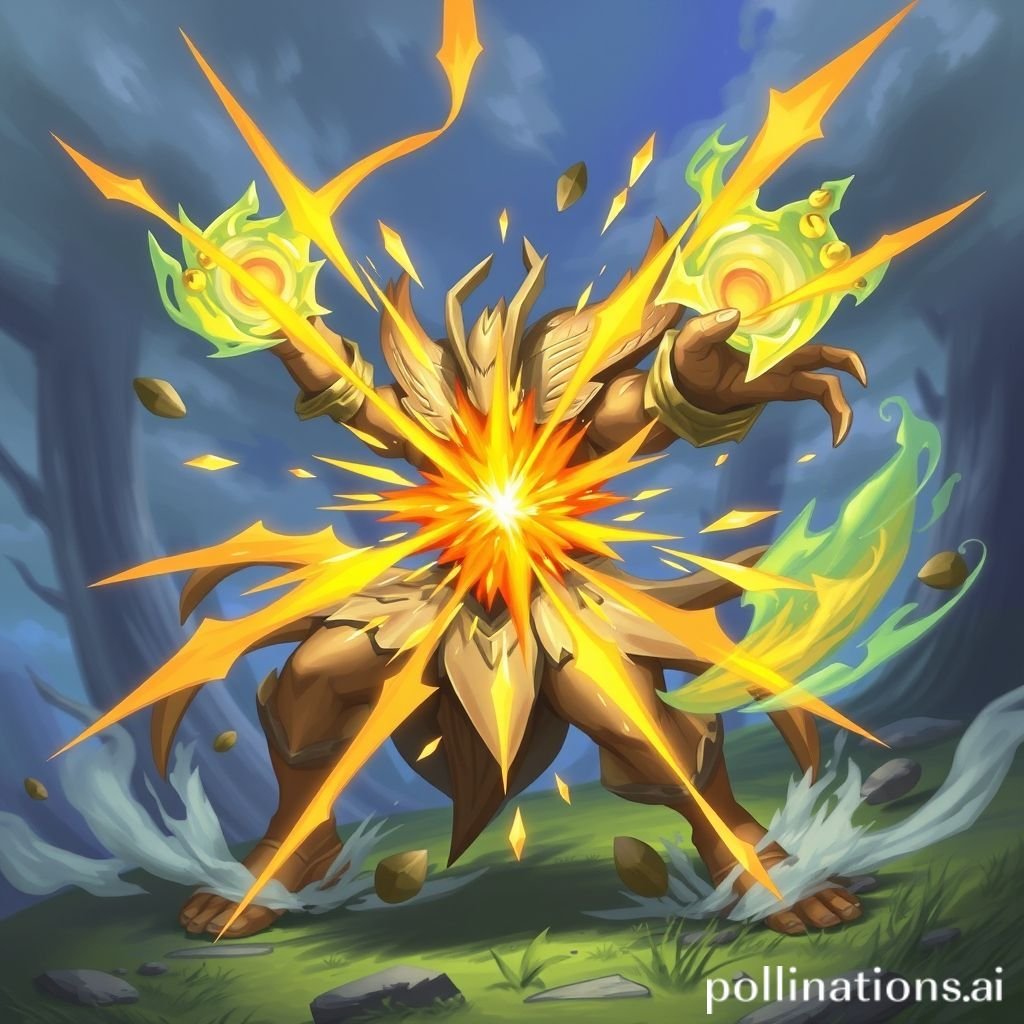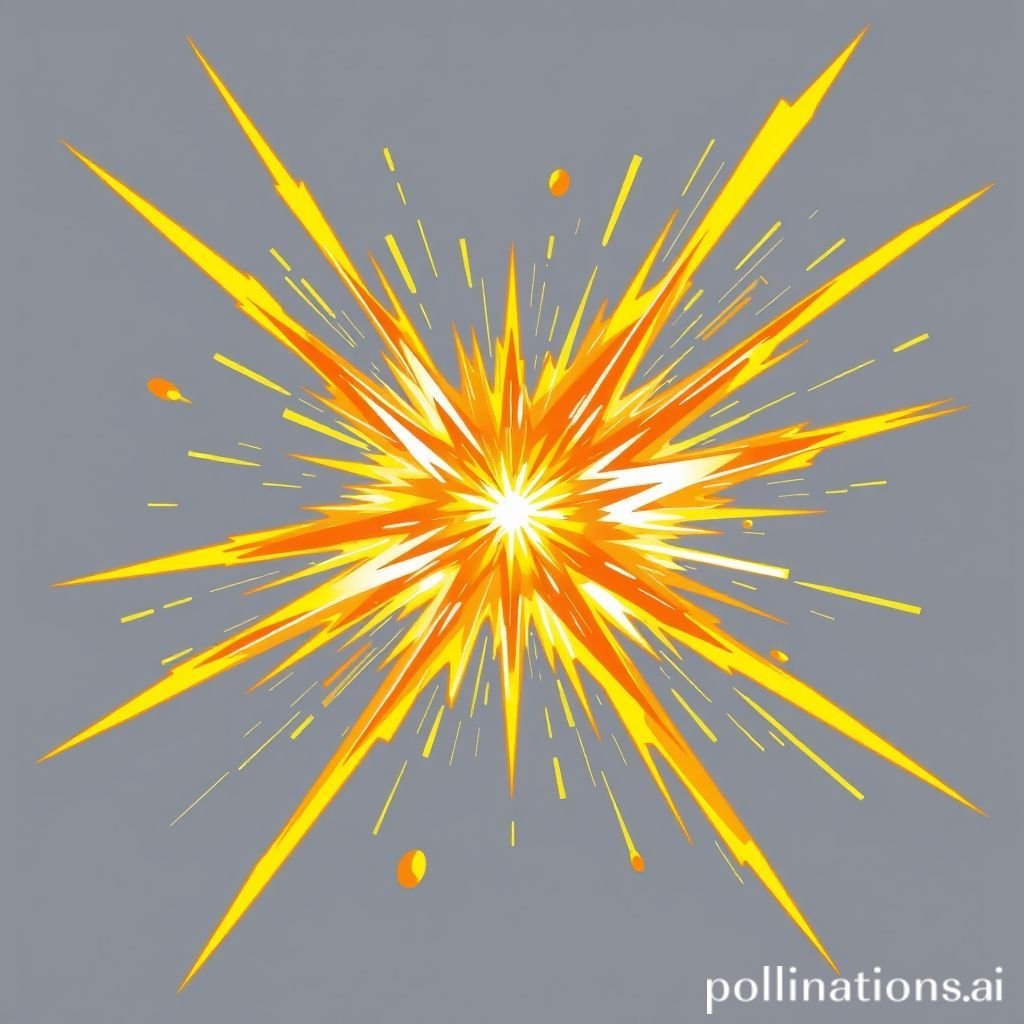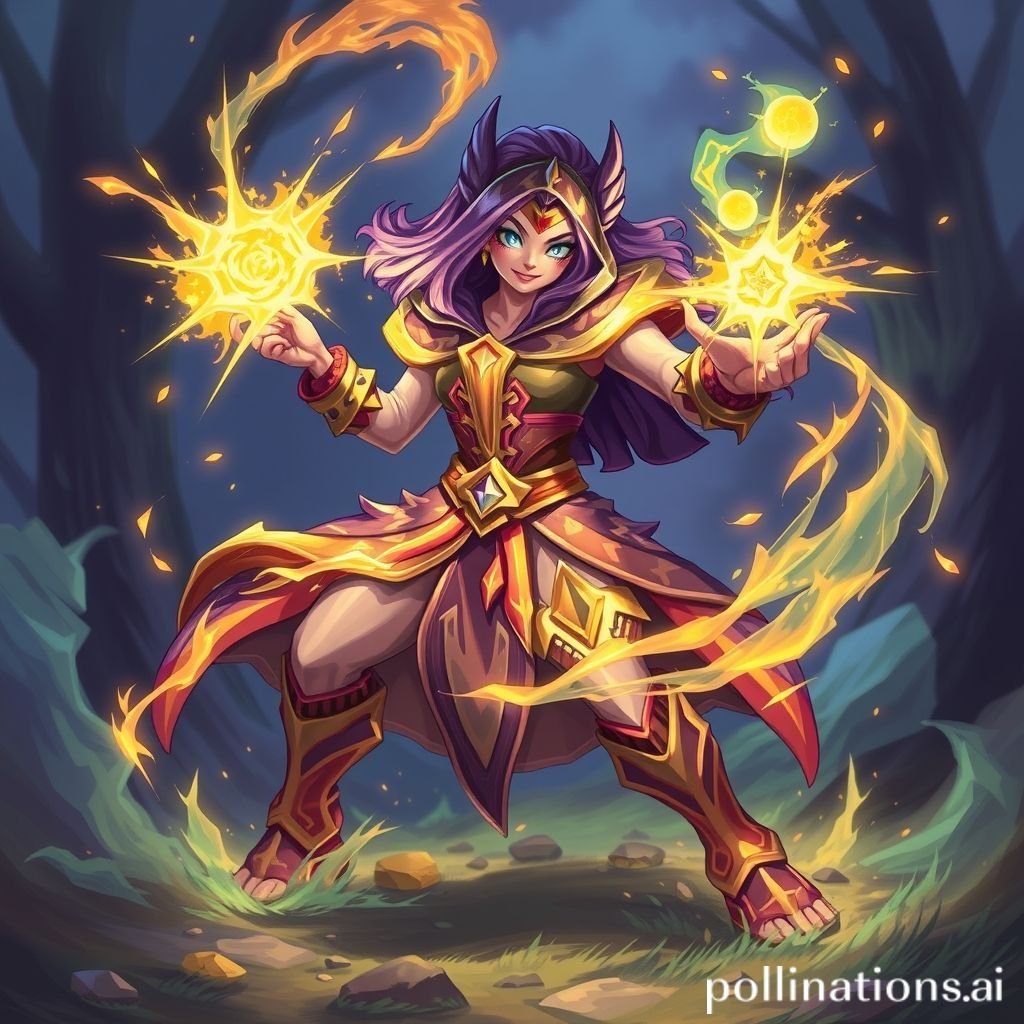Mana Burst: The Art of Magic Spell Sounds
Unleash powerful magic spell sound effects. Explore techniques for creating impactful energy bursts and dynamic audio for your projects. Craft the perfect spell sound design for any impact moment.
Creating truly captivating magic sound effects is an art form. The "Mana Burst Release" is more than just an audio effect; it's a feeling. It represents raw magical energy erupting. Crafting such a dynamic burst requires precision. It needs a deep understanding of sound design principles. This guide explores the intricate process. We will dive into producing stunning magical audio. Your game or film will feel more alive. This magic starts with the right sound.
Applications in Media
Dynamic magic spell sounds are vital. They enhance immersion in many media forms. Think about the epic impact of a powerful burst in a game. Consider the subtle energy of a spell cast in a film. Good audio elevates the experience. It makes the magic feel real.
Industry-Specific Uses
Video games rely heavily on magic sound effects. Each spell needs a distinct sonic signature. A "Mana Burst" can signify a powerful attack. It can also mark a character leveling up. Film and television also use these audio effects. They add depth to fantastical scenes. The right magic sound design amplifies storytelling. Even interactive installations benefit from compelling magic audio. Podcasters might use them for dramatic effect. High-quality magic sounds are versatile assets. They are crucial for any creative project.
Creative Techniques
Designing a "Mana Burst" involves several techniques. Layering different sound samples is common. You might combine a crackling energy sound. Add a deep, resonating impact at the end. Consider the narrative context of your magic. Is it dark magic or light magic? This affects the desired tone. Use pitch shifting to add tension. Reverse audio elements for unique build-ups. A well-crafted magic audio effect tells a story. It communicates power and purpose. Related Magic sounds can inspire new ideas.
Technical Analysis
Understanding the technical aspects is key. It helps in crafting superior magic sounds. Each audio effect has a unique sonic fingerprint. A "Mana Burst" sound is complex. It involves specific waveform characteristics. It also features a distinct frequency profile.
Waveform Characteristics
A typical "Mana Burst" sound starts with a quick attack. This is the initial burst of energy. It usually has a sharp peak on the waveform. The decay might be short and explosive. Or it could be a lingering hum. This depends on the magic's nature. Transients are crucial for the feeling of impact. They define the sharpness of the spell. A good waveform visually represents power. It shows the dynamic range of the magic sound.

Frequency Profile
The frequency profile defines the sound's character. A powerful magic burst often has strong low-end frequencies. These provide a sense of weight and impact. Mid-range frequencies give clarity to the spell. High-end frequencies add sparkle and sizzle. They convey the raw energy. Mastering the EQ (equalization) is essential. It balances these frequency ranges. This ensures the magic sound cuts through the mix. It avoids muddy or thin audio. A well-balanced frequency profile is critical.
Production Tips
Creating compelling magic effects requires good practice. From recording to editing, every step matters. Using the right tools makes a difference.
Recording & Editing
Start by gathering diverse source audio. This could be natural sounds. Think about lightning strikes or roaring fires. Synthesized sounds are also useful. Record foley sounds for unique textures. Imagine snapping twigs or tearing fabric. Edit these sounds carefully. Remove any unwanted noise. Use dynamic processing like compression. This helps control the sound's energy. Gating can remove background hiss. Precise cuts define the burst's attack. Polishing each element enhances the overall magic.
Software Tools
Digital Audio Workstations (DAWs) are indispensable. Programs like Ableton Live or Logic Pro are excellent choices. They offer extensive editing capabilities. Synthesizer plugins help create unique magic textures. Granular synthesizers can morph sounds. Reverb and delay plugins add space and dimension. They make the spell feel grander. EQ plugins sculpt the frequency profile. Mastering plugins polish the final impact. The right software empowers your magic sound design. You can achieve professional results with these tools.
Creative Implementation
Beyond the technical aspects, creativity flourishes. How you combine and place sounds matters. This adds depth to your magic.
Layering Methods
Layering is the cornerstone of powerful magic sounds. Start with a core element. This might be a synthetic sweep. Then add layers for texture. Use a metallic clang for the impact. A short whoosh can signify the energy. Subtle crackling sounds add detail. Experiment with different sound combinations. The goal is a cohesive, impactful burst. Each layer should contribute to the overall magic. Don't be afraid to experiment wildly. You can create truly unique magic sound designs.
Spatial Effects
Spatial effects bring the magic to life. Reverb creates a sense of space. A large hall reverb makes a spell feel epic. A small room reverb suggests intimacy. Delay adds repetition and rhythm. It can make a magic burst feel more drawn out. Panning places sounds in the stereo field. This can guide the listener's ear. It makes the impact feel directional. Automated panning can simulate movement. These effects create a 3D audio experience. They immerse the listener in the magic. This enhances the perceived power of your magical energy burst.
Sound Pack Integration
High-quality sound packs are valuable resources. They provide expertly designed magic sounds. They save time and inspire creativity. A good magic sound pack offers many options.
Using with Other Sounds
The "Mana Burst Release" sound works well with others. Combine it with UI sounds for feedback. A gentle [UI Confirm Tap](/ui-confirm-tap) can precede a spell. It indicates a successful cast. Follow it with the powerful magic burst. This creates a clear cause-and-effect. Use ambient soundscapes to set the mood. Add character vocalizations for emotional context. Integrating the magic sound seamlessly is key. It should fit naturally within the audio landscape. This enhances the overall user experience. It makes the magic feel truly integrated.
Complete Collection
For comprehensive audio solutions, explore full sound packs. These collections offer a wide range of audio effects. They include various magic spell variations. You might find different energy burst sounds. Discover a diverse array of impact sounds. These packs provide consistency across your project. They ensure all your magic sounds feel part of the same world. Quality sound libraries save production time. They also boost the overall quality of your project's audio. Get the full sound pack for comprehensive audio solutions. Professional sound effects elevate any project. Visit Pro Sound Effects for industry-standard resources.
FAQ Section
Q1: What is a "Mana Burst Release" in sound design?
A1: It's a specific type of magic spell audio effect. It conveys a sudden, powerful release of energy. This magic sound often features a sharp attack and an impactful finish.
Q2: How do I make my magic spell sounds more impactful?
A2: Focus on the initial transient of your sound. Layer in low-end frequencies for weight. Add high-frequency elements for sparkle. Proper compression also enhances the impact of any spell.
Q3: What software is best for creating magic sound effects?
A3: Digital Audio Workstations (DAWs) like Ableton Live or Logic Pro are ideal. They offer comprehensive tools. Look for good synthesis plugins and effect chains for your magic sounds.
Q4: Should I use synthesized or real-world sounds for my magic?
A4: A combination often works best. Real-world sounds provide organic texture. Synthesized sounds give you precise control. Blending them creates unique and powerful magic.
Q5: How many times should I repeat "Magic" in my article for SEO?
A5: Aim for a keyword density of 2-2.5%. For a 1000-word article, that means 20-25 mentions. Ensure these "Magic" instances sound natural and enhance readability.





